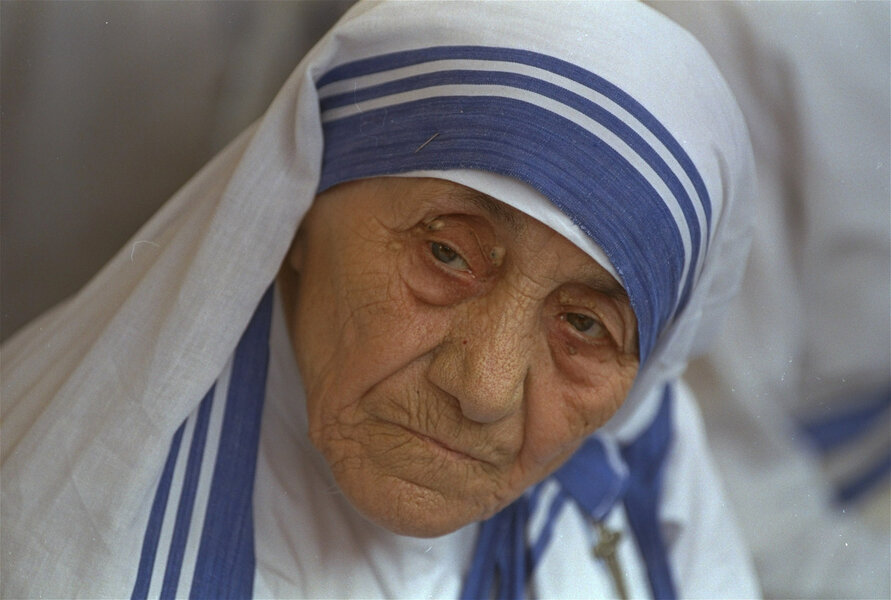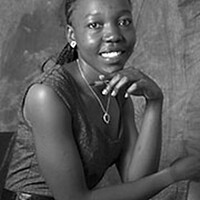Mother Teresa to be made Roman Catholic saint, Vatican says
Mother Teresa of Calcutta, one of the best-known nuns of all time, will be made a saint of the Roman Catholic Church, the Vatican confirmed on Friday.
The Vatican said that Pope Francis recognized a second miracle attributed to Mother Teresa, clearing the path for the nun to be elevated to sainthood.
According to a report in Avvenire, the official newspaper of the Italian Catholic bishops’ conference, Pope Francis approved Thursday the findings of the Vatican’s panel of experts convened earlier this week by the Congregation for the Causes of Saints, which found the 2008 healing of a Brazilian man with serious health issues had been due to the intercession of Mother Teresa.
Known as "Saint of the Gutters" for her dedication to serve the destitute, the sick and the dying, Mother Teresa died in 1997 at the age of 87.
The process leading up to the sainthood has been the shortest in modern history.
Mother Teresa’s path to sainthood began in early 1999, less than two years after her death, when Pope John Paul II waived the normal five-year waiting period to open a formal sainthood and allowed the immediate opening of her canonization cause.
The traditional Roman Catholic canonization procedure requires at least two so-called medical miracles. One before a deceased Catholic can be declared “blessed,” and another such miracle, occurring after that declaration, before he or she can be canonized as a saint.
She was beatified in 2003 after Pope John Paul II recognized her first miracle. He believed the healing of a seriously ill Indian woman was the result of Mother Teresa's supernatural intervention. About 300,000 pilgrims attended the event in St. Peter’s Square.
Archbishop Thomas D'Souza of Calcutta told Reuters the news from Rome was "the best Christmas gift."
"Her entire life and work was for the poor. Now it is in a way officially recognized. We are grateful to God," he said.
Mother Teresa was born Agnes Gonxha Bojaxhiu to an ethnic Albanian family in Skopje, in what is today the Republic of Macedonia. She set up her Missionaries of Charity, an order of nuns dedicated to care of the “poorest of the poor,” in Kolkata (Calcutta), in 1950 and made her headquarters in the Indian city for nearly half a century.
She described herself, "By blood, I am Albanian. By citizenship, an Indian. By faith, I am a Catholic nun. As to my calling, I belong to the world. As to my heart, I belong entirely to the Heart of Jesus."
Mother Teresa won the Nobel Peace Prize in 1979 for her work.
Her canonization would probably occur on September 4, 2016, the anniversary of her death, Avvenire reports. This will likely be one of the highlights of the special Roman Catholic Church's Holy Year of mercy.







